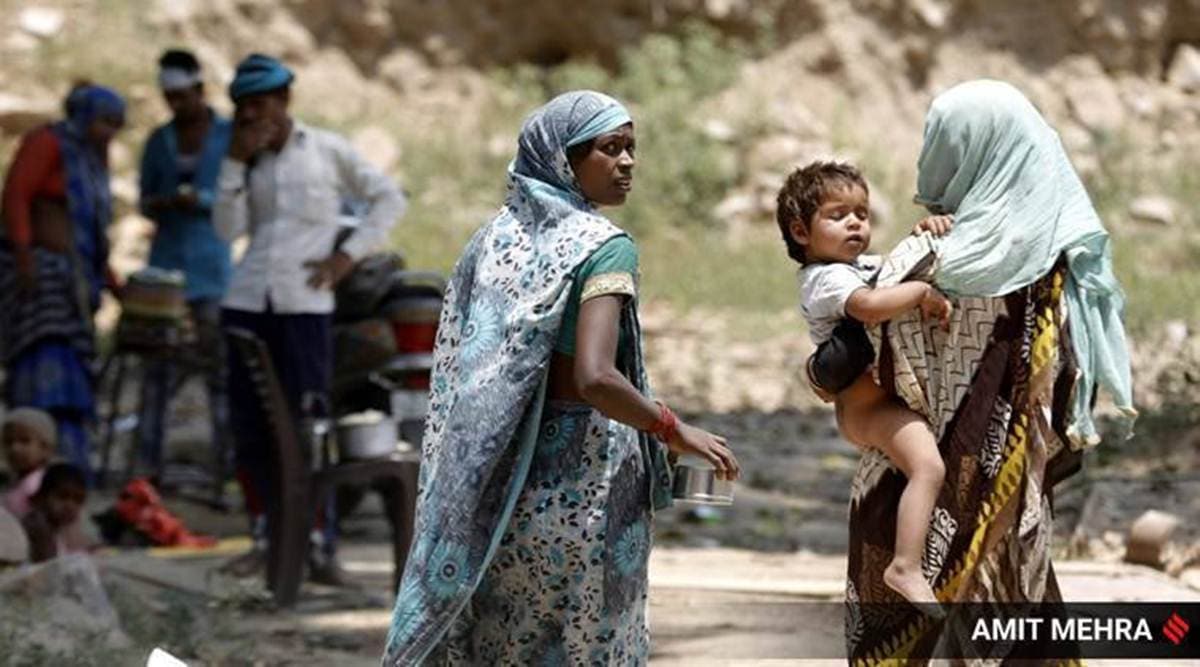 This session of the Thinc Migration series looks at how Covid-induced disruptions impacted migrant women and children, who are often overlooked when it comes to policy-implementation.
This session of the Thinc Migration series looks at how Covid-induced disruptions impacted migrant women and children, who are often overlooked when it comes to policy-implementation. Women are the original migrants; they have to migrate to a new family after marriage, to a new city if the family moves or alone for employment, Renana Jhabvala, Chair of the Self-Employed Women’s Association (SEWA-Bharat) remarked at the seventh edition of the eight-part webinar series Thinc Migration by The Indian Express. “But we don’t often talk about the women who are left behind after their husbands migrate,” said Jhabvala.
This session of the Thinc Migration series looks at how Covid-induced disruptions impacted migrant women and children, who are often overlooked when it comes to policy-implementation. Presented by Omidyar Network India, and moderated by Udit Misra, Deputy Associate Editor, The Indian Express, the panel discussion included Sonalde Desai (Professor and Centre Director, NCAER-National Data Innovation Centre), Anjali Borhade (Founder Director, Disha Foundation), Rajeshwari B (MGNREGA Commissioner, Jharkhand) and Dipa Sinha (Assistant Professor, School of Liberal Studies, Ambedkar University).
Talking about the “half-truth of statistics” related to women migrants, Desai said, ”Of the 45 crore migrants that the 2011 Census records, 31 crore are women; which means 67% of the migrants are women. There are about 21 crore marriage migrants. While women who migrate with their family are roughly about 11% of all women migrants, or four crore. Women who are solo work migrants are roughly about 3% or 73 lakhs. But the biggest group for which we have virtually no statistics, and very poor statistics are women whose husbands migrate for work.
Commenting on the issue of the invisibility of the migrant woman and how schemes are designed and whether they’re reaching the beneficiaries, Sinha said, “Understand that this is also the larger context of invisibility of women and children, not just migrants. And when they are migrants, then they become even more vulnerable. The second thing, there is no one representative migrant woman. It’s a hugely heterogeneous group,”
Rajeshwari said women are one of the most vulnerable groups. “Then the kids that join the mother and father during their migratory period are even more vulnerable,” she said.
Borhade talked about the access to healthcare, especially the health services related to maternal and child health and the nutrition programmes. “Based on our research, as well as the direct intervention with migrant workers, we found there is a severe lack of awareness about what kind of programmes are available for them when they’re migrating…” she said.
- The Indian Express website has been rated GREEN for its credibility and trustworthiness by Newsguard, a global service that rates news sources for their journalistic standards.

